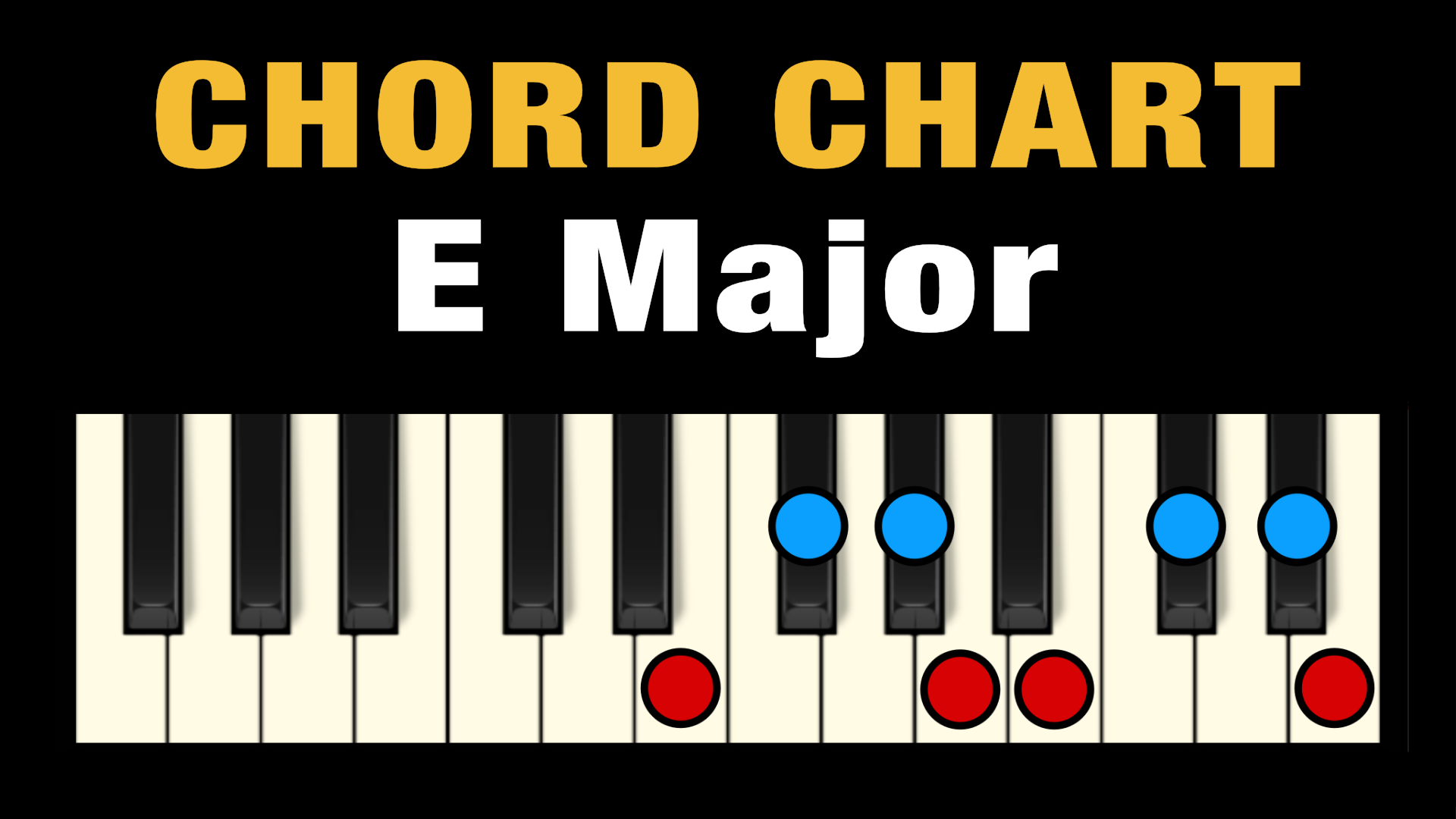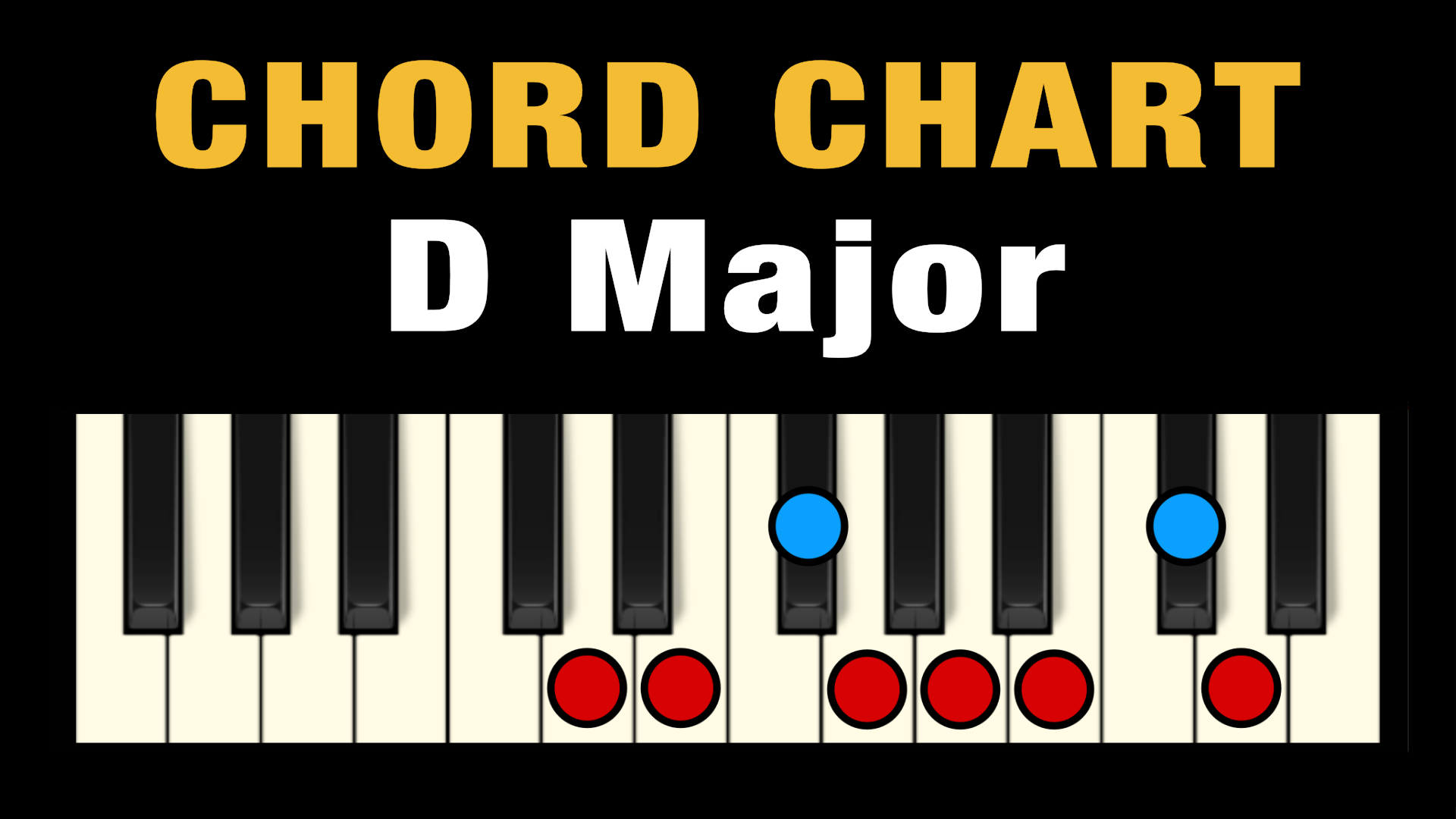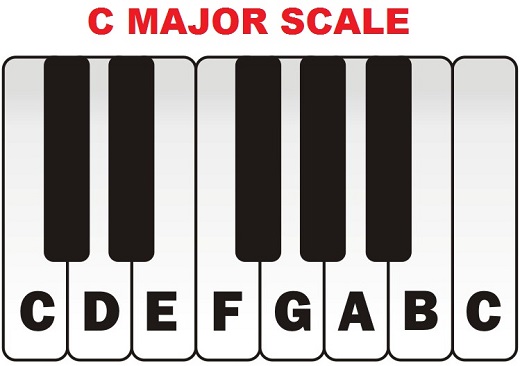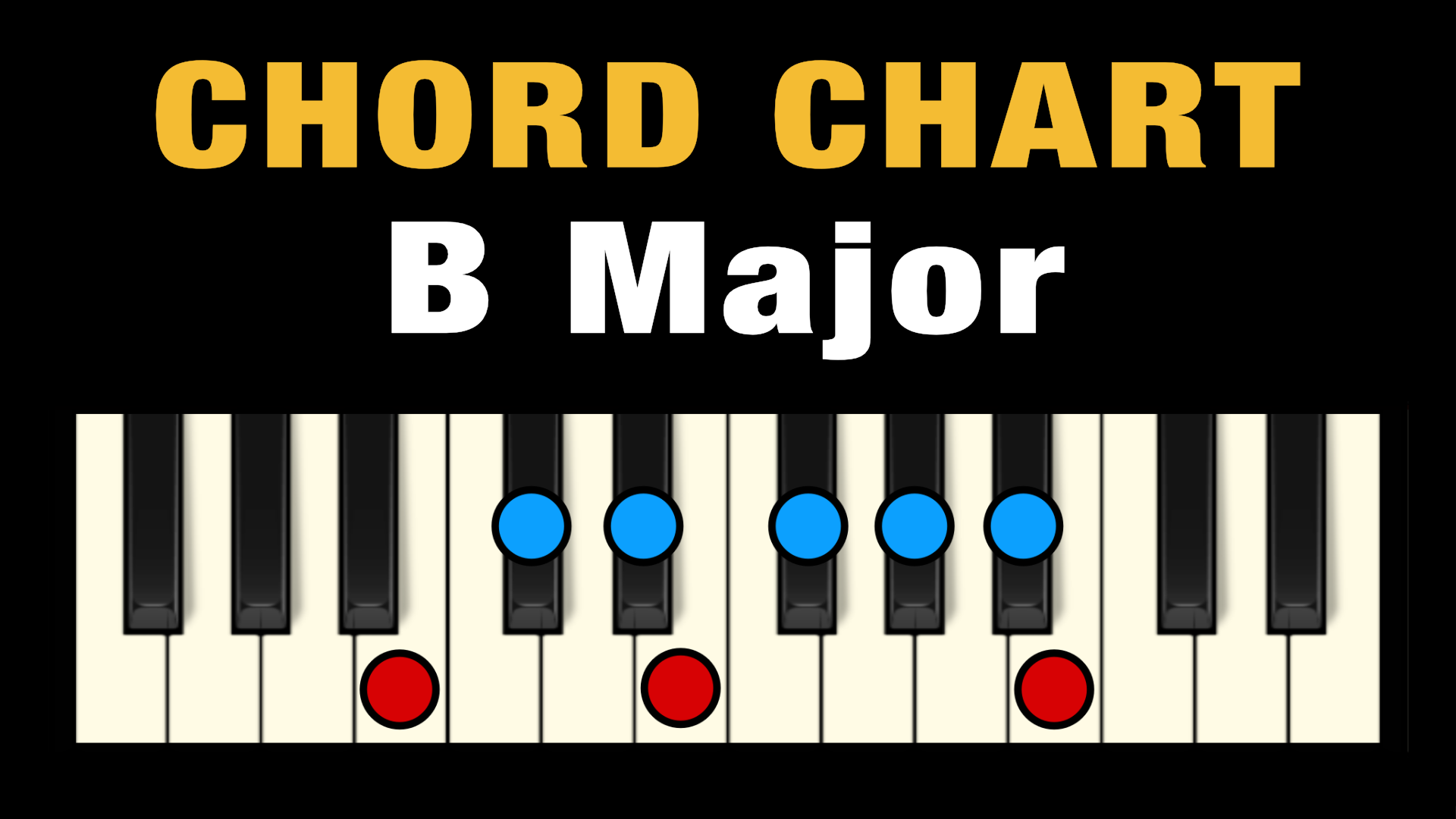G Major piano chords are one of the most versatile chords used in a variety of musical genres. The G major chord is made up of three notes: G, B, and D. It is one of the most common chords in Western music, and it is often used as a starting point for many songs. G major chords have a bright, cheerful sound that can be used to add a positive feel to your music. It is also an easy chord to learn and play. Whether you are a beginner or an experienced pianist, understanding the basics of G major chords will help you create beautiful music.
A Comprehensive Tutorial on How to Play G Major Piano Chords
Piano players at all levels of skill can benefit from knowing how to play G major piano chords. Learning to play the G major chord is an important foundation for further musical exploration. This comprehensive tutorial will provide a step-by-step guide to playing G major piano chords.
First, locate the note G on the piano. G is the white key located immediately to the left of the group of two black keys. This is the root note of the G major chord.
Second, use your right hand to play the note B, located one white key to the right of the G note. This is the third of the G major chord.
Third, use your right hand to play the note D, located two white keys to the right of the G note. This is the fifth of the G major chord.
Fourth, use your left hand to play G two octaves lower than the root note.
Finally, use your left hand to play B one octave lower than the third of the G major chord.
Congratulations! You have now played the G major chord. As you continue to practice, you may find that you prefer to play the notes of the G major chord using different fingers of both hands. The important thing is that you have the correct notes in the correct order.
The G major chord is a great place to start for any piano player. With practice, you can master this chord, and use it to explore further chords and creative possibilities.
What Are the Different Types of G Major Piano Chords?
There are a variety of G major chords that are commonly used in piano playing. These are the following:
1. G Major Triad: This chord consists of three notes, G-B-D, and is the foundation of most G major chord progressions.
2. G Major 6 Chord: This chord adds an additional A note to the G major triad, resulting in a G-B-D-A chord.
3. G Major 7 Chord: This chord adds an additional F# to the G major triad, resulting in a G-B-D-F# chord.
4. G Major 9 Chord: This chord adds an additional F# and A to the G major triad, resulting in a G-B-D-F#-A chord.
5. G Major 11 Chord: This chord adds an additional F#, A and C to the G major triad, resulting in a G-B-D-F#-A-C chord.
6. G Major 13 Chord: This chord adds an additional F#, A, C and E to the G major triad, resulting in a G-B-D-F#-A-C-E chord.
7. G Major Suspended 4th Chord: This chord adds an additional F note to the G major triad, resulting in a G-B-F-D chord.
8. G Major Augmented 5th Chord: This chord adds an additional F# to the G major triad, resulting in a G-B-D#-D chord.
9. G Major 6/9 Chord: This chord adds an additional A and F# to the G major triad, resulting in a G-B-D-A-F# chord.
These are the most commonly used G major chords in piano playing, although there are many other variations that can be created. Experimenting with different combinations and voicings can help create unique and interesting sounds.
How to Use G Major Piano Chords to Create Professional-Sounding Music
Creating professional-sounding music with G major piano chords requires knowledge of the various chords and their effects. In music theory, a chord is a set of three or more notes that, when played together, create a distinct sound. G major is a key, or tonal center, that is made up of several chords.
The G major chord is the main chord of the key. It’s made up of the notes G, B, and D and is usually played with the root note (G) on bottom. This chord is the most important to master when playing in G major because it’s the chord that will get played the most and will be the foundation of the music.
The next chord in the G major key is the C major chord. This chord is made up of the notes C, E, and G and is usually played with the root note (C) on bottom. This chord is important to master because it’s often used as a transition chord between different parts of a song.
The D major chord is the third chord in the G major key. This chord is made up of the notes D, F#, and A and is usually played with the root note (D) on bottom. This chord is important to master because it’s often used to create a sense of tension in the music and to lead into a new section of the song.
The fourth chord in the G major key is the A minor chord. This chord is made up of the notes A, C, and E and is usually played with the root note (A) on bottom. This chord is important to master because it’s often used to create a sense of resolution in the music and to return to the main chord of the song.
When playing any of these chords, it’s important to use the correct fingering. For example, the G major chord is usually played with the thumb on the root note (G), the index finger on the third (B), and the middle finger on the fifth (D). The other chords follow the same pattern.
Once you’ve mastered the basic chords of G major, you can start experimenting with different chord progressions and voicings. A chord progression is a series of chords that are used to create a melody or structure for a song. Different voicings refer to different ways of playing chords on the piano.
By learning how to use G major piano chords to create professional-sounding music, you can create beautiful melodies and complex structures that will capture the attention of your listeners. With practice and dedication, you can become a master of the G major key and create beautiful music.
Tips for Improving Your G Major Piano Chord Accuracy
1. Utilize a Metronome: To ensure that your G major piano chord is played accurately, you should use a metronome to count the tempo. This will help you maintain the same tempo throughout your practice and ensure that the chord is perfectly timed.
2. Practice Slowly: When you first start playing the G major chord, it is important to practice slowly. This will help you to build up your accuracy and develop good muscle memory. Once you are comfortable with the chord, you can gradually increase the tempo.
3. Use the Correct Fingering: To ensure that the G major piano chord is played accurately, you should use the correct fingering. This will help you to find the right notes quickly and will make the chord sound smooth and even.
4. Listen Carefully: As you are practicing the G major chord, it is important to listen carefully to what you are playing. This will help you to identify any mistakes and correct them as soon as possible.
5. Take Regular Breaks: It is important to take regular breaks while practicing the G major chord. This will help you to focus and maintain your accuracy.
By following these tips, you will be able to improve your accuracy when playing the G major piano chord. With enough practice, you will be able to play the chord confidently and accurately.
Exploring the Many Variations of G Major Piano Chords
G Major is one of the most popular and versatile piano chords. It is the root note of the key of G Major, and it can be used in a variety of ways. This article will explore the various types of G Major piano chords and discuss how to use them in your playing.
The most basic G Major chord is the triad. This is a three-note chord consisting of the notes G, B, and D. This chord is often used as a tonic chord and can be used in a variety of musical styles. It can also be used as a passing chord or as a transition between two different chords.
The next type of G Major chord is the four-note chord. This chord adds a fourth note to the triad, usually an F. This chord gives the chord a fuller sound and adds some harmonic interest to the music. This chord is often used as a passing chord and can be used as a transition between two different chords.
The final type of G Major chord is the five-note chord. This chord adds a fifth note to the four-note chord, usually an A. This chord adds even more harmonic complexity and creates a more developed sound. This chord is often used as a tonic chord and can be used to create more interesting musical ideas.
These are the three main types of G Major piano chords. Each type of chord has its own unique sound and can be used in a variety of ways. When playing G Major chords, it is important to be aware of the different chord types and to use them in creative ways. This will allow you to create interesting and unique musical ideas.
How to Find Creative Inspiration Through G Major Piano Chords
Creative inspiration can be found in many places, and for musicians and composers, piano chords can offer the perfect source of inspiration. G major is a popular key signature for many classical, jazz, and popular songs, and learning to play the G major chords on the piano can help to spark creative ideas.
To begin, familiarize yourself with the notes of the G major scale. The notes are G, A, B, C, D, E, and F#. These notes can be used to create different chords, which in turn can create interesting progressions. For example, a G major chord consists of the notes G, B, and D. To create an interesting chord progression, try playing a G major chord followed by an A minor chord, then a C major chord, and then a D major chord. This is known as a I-IV-V-I chord progression, and it can be used in many different genres of music.
Once you have familiarized yourself with the notes of the G major scale and some basic chords, you can start to experiment with creating your own chord progressions. Try playing different combinations of notes and see how they sound together. You can also try adding in accidentals like sharp or flat notes to create interesting and unique sounds.
Finally, once you have some chord progressions that you like, you can begin to develop your own melodies. Try playing the chords with a different rhythm or adding in some unexpected notes. You can also try playing the chords in different octaves to create a fuller sound.
By exploring the G major scale and experimenting with different chords and melodies, you can find creative inspiration from G major chords. This can lead to new and exciting musical ideas that can be the basis of your next great composition.
Conclusion
G Major Piano Chords are a great way to expand your musical knowledge and repertoire. They provide a great introduction to the world of music theory and provide a platform to compose and play beautiful melodies. With practice, G Major Piano Chords can be used to create simple and complex pieces that are sure to bring joy to you and your audience.
Since 2005, Singersroom has been the voice of R&B around the world. Connect with us via social media below.








